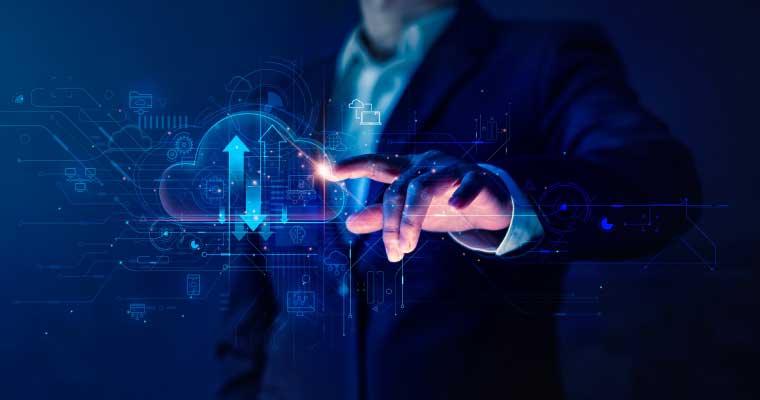

The Internet of Things (IoT) and Cloud computing are two technologies that revolutionized the digital computing world in recent years. IoT technologies working in conjunction with cloud computing have triggered numerous opportunities for enterprises, without them could have been difficult. These two technologies are tightly related to each other, hence separating one from the other has become challenging. Their combination has led to some of the most exciting and innovative developments in recent years.
The Internet of Things (IoT) has triggered the proliferation of sensors and smart devices resulting in the generation of large volumes of data. This has led to problems like storage, the need for faster computing power, and the ability to handle large volumes of data, etc. The users would like to access and leverage the data from anywhere using a variety of devices.
Cloud computing enables users to perform their computing tasks by leveraging services available over the internet. By using the cloud, organizations can access a vast array of computing resources on-demand, without having to invest in expensive hardware or software themselves. Over the years, the complimenting nature of these two technologies was recognized, leading to the development of innovative solutions and services. The combination of IoT and Cloud computing made it possible to use powerful processing of sensory data streams, leading to the realization of many business use cases. As an example, data from sensors and smart devices can be uploaded and saved using cloud computing. The goal of transforming data into insights is achieved in a very efficient and cost-effective way.
What is a cloud? Cloud is a centralized system that facilitates the transfer and delivery of files and data over the internet. A centralized cloud system is very powerful with a rich pool of data and programs easily accessible from anywhere.
The internet of Things (IoT) refers to devices that are connected to the internet. In IoT, data is generated and stored in real-time along with large volumes of historical data. IoT enables tracking, remote monitoring, automation, analysis, and insight-driven decision-making.
IoT and cloud computing work towards improving the efficiency of routine tasks. Leveraging cloud computing has many advantages like:
Cloud computing caters to the storage of large volumes of IoT data and easy access when and wherever needed. Cloud computing makes it easy to move the large volume of data generated by IoT devices which is used to identify patterns, optimize performance, and make informed decisions.
Cloud computing is often used along with edge computing, for faster processing of data as certain business use cases may demand. Data processing at the network edge or edge computing is often used with IoT solutions to enable faster processing and higher response times. However, an approach based only on edge computing will not enable a complete view of the business operation.
Without a cloud solution, each factory or unit will be controlling its own units individually. This will limit the visibility of how these units work in relation to each other. Hence for a highly efficient and complete IoT deployment, a combination of edge and cloud computing is desirable.
Computational power, reliability, and connectivity of cloud computing will revolutionize the Internet of Things (IoT) based applications. The combination of IoT and the cloud will make many changes to mankind by better managing information. There is no doubt that by leveraging cloud computing, new opportunities will be opened for IoT Technologies. Overall, the combination of IoT and cloud computing has enormous potential to transform the way we live and work. As more organizations embrace these technologies and explore their possibilities, we are likely to see a wave of innovation and development that will change the world in ways we can only imagine.